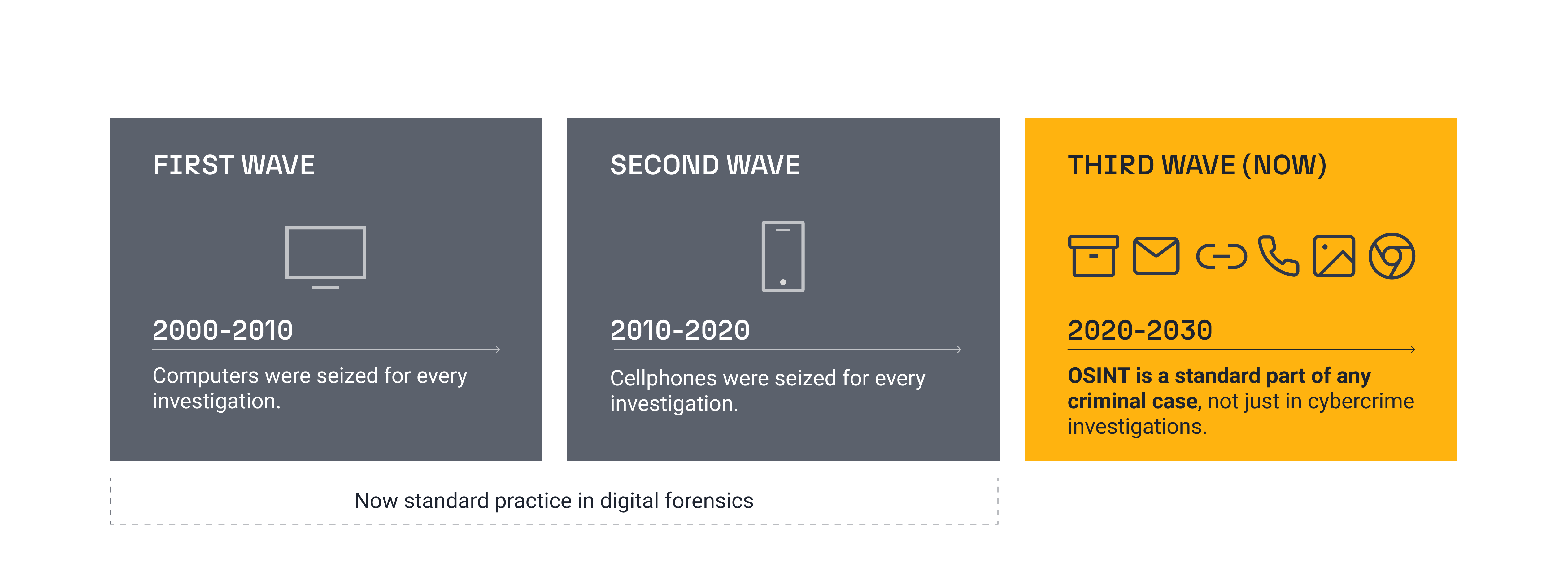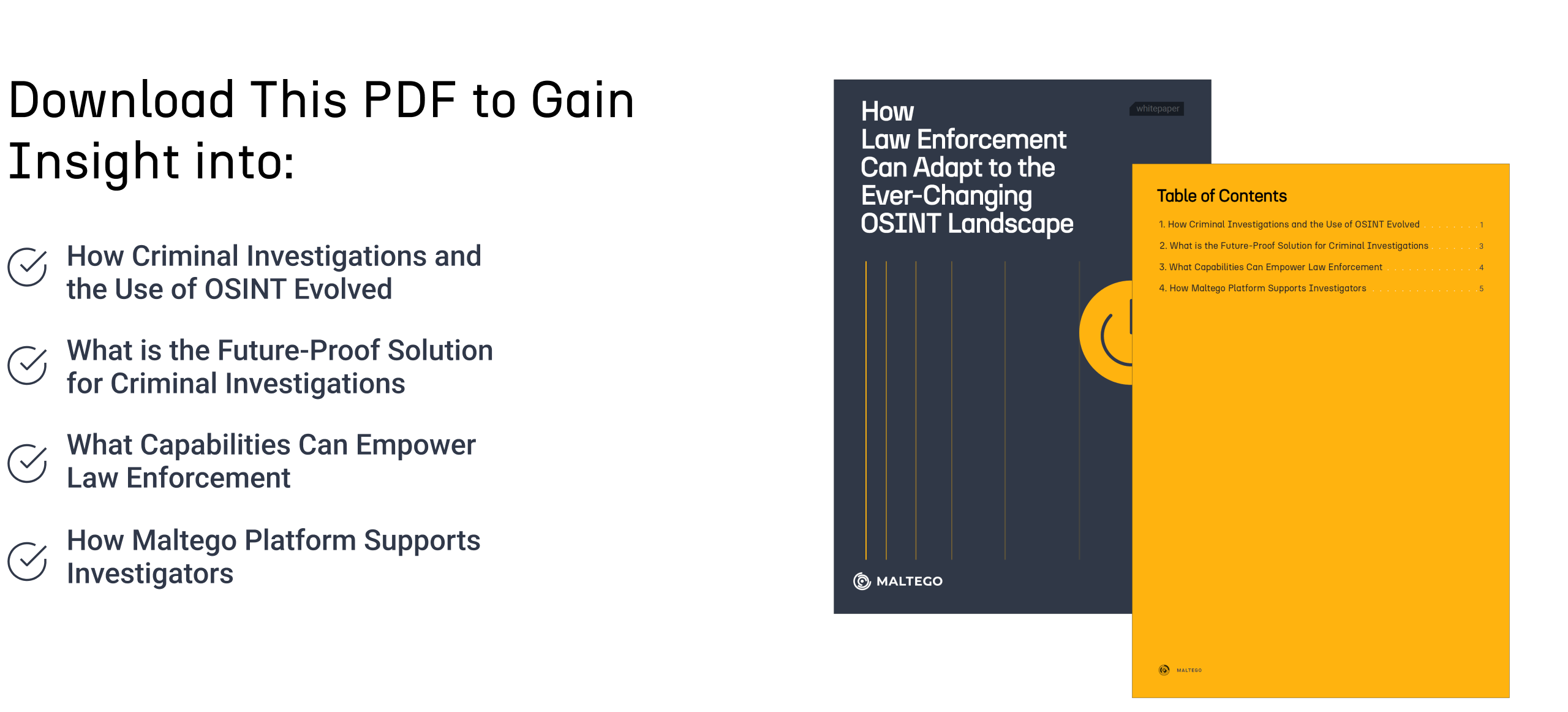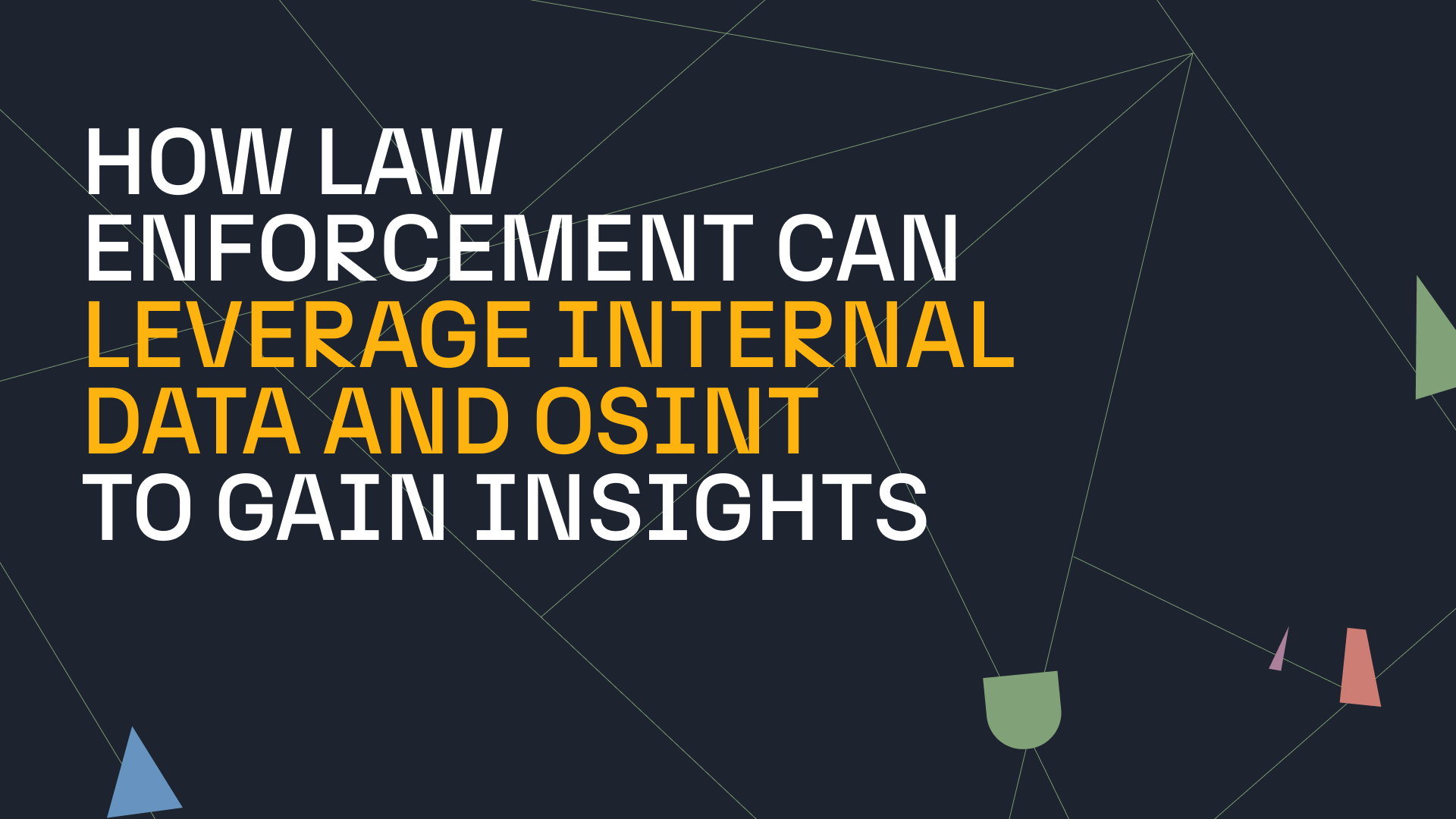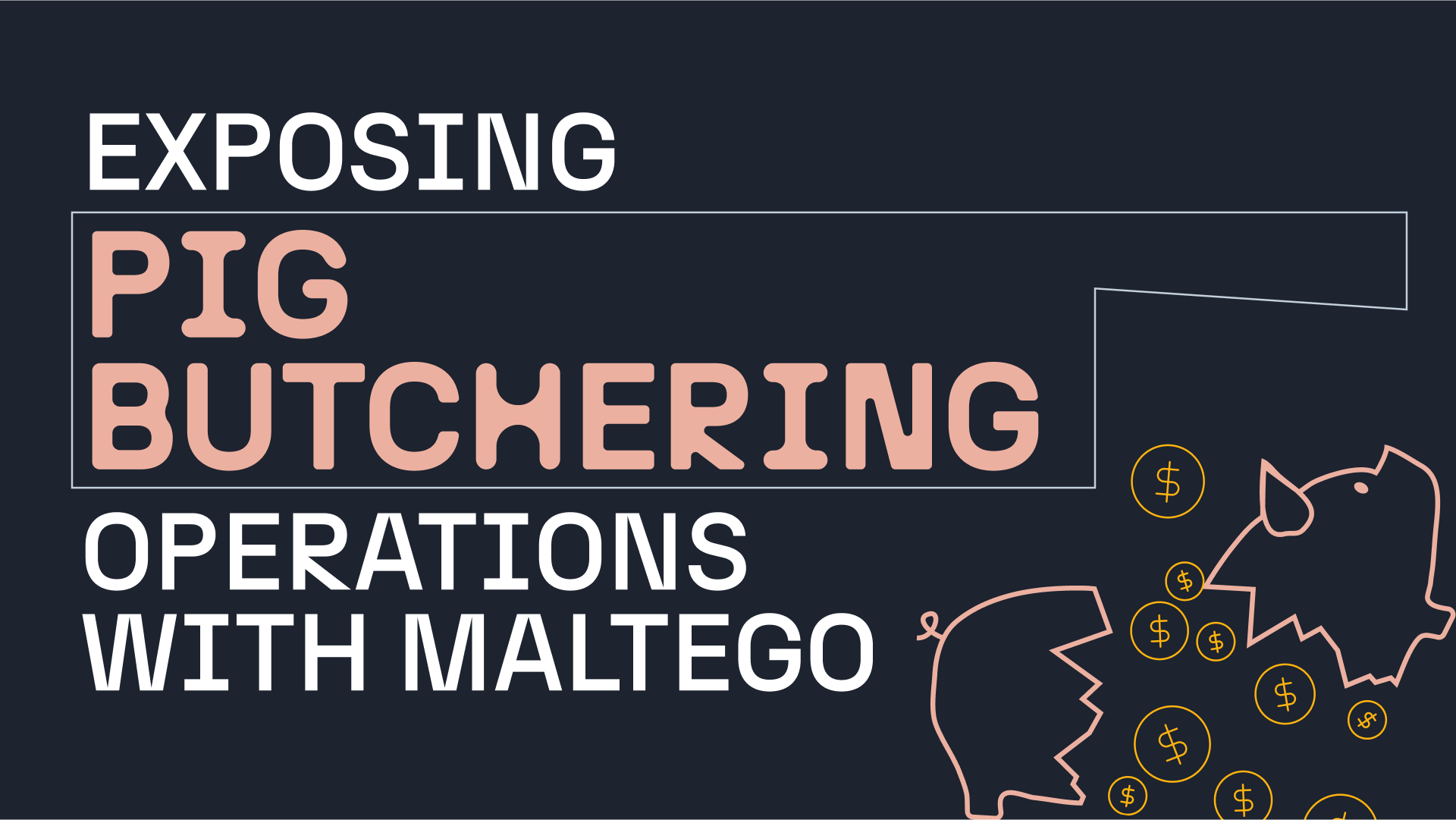In the past decades, law enforcement has experienced fundamental evolutions in how crimes are committed and investigated due to the expansion of the digital world. In the next decade, the open-source intelligence (OSINT) landscape is expected to undergo another even more extensive shift.
Misinformation, disinformation, AI-generated content, and the sheer amount of fragmented digital evidence will only add complexity to criminal investigations. And the challenge is compounded by the various formats of data uploaded to the internet, including AI-generated content.
The status quo is that OSINT data has become too extensive and complex to be analyzed solely by humans, so simply hiring more people won’t be a sustainable solution in the long run. If law enforcement wants to bring criminals to justice, backed by reliable and accurate intelligence, they need to rethink their use of technology to make it future-proof and scalable. What could help them adapt to these challenges is an all-in-one ecosystem of tools and data. This ecosystem would provide seamless access to data for both quick searches and complex investigations, regardless of the data’s volume or fragmentation. It would need to enable law enforcement analysts to quickly find actionable insights in the vast sea of OSINT and internal data. Additionally, it should help them solve crimes with reliable, court-ready evidence.
In this whitepaper, we provide an overview of how criminal investigations and the use of OSINT have evolved in recent decades and what technology can truly help law enforcement navigate the next-generation OSINT landscape.
Download the resource
We hope this whitepaper will help you make better decisions about the use of OSINT technology within your unit or team of investigators.
For more insights like this, you can check out our other resources:
- Why Law Enforcement Needs OSINT Tools
- OSINT Data to Support Subpoenaing Internet Service Providers
- The 2024 Election Playbook with Maltego: Analysis, Challenges, and Solutions
Don’t miss out on new updates by following us on Twitter, LinkedIn, and Mastodon, or signing up for our email newsletter.









